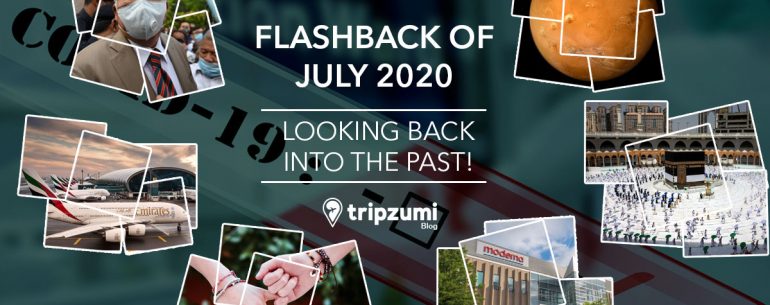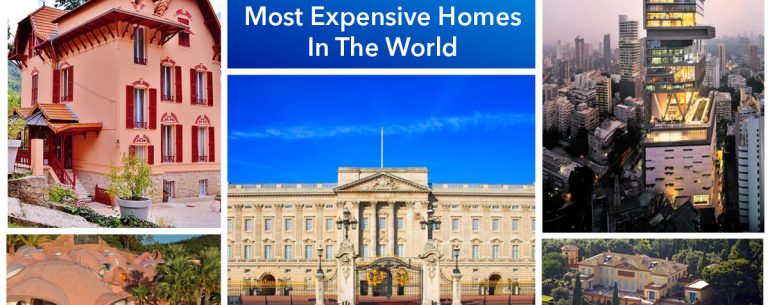In this fourth and final post on Ethiopia, we touch upon if only very briefly on the other sights and towns that are considered must-sees on the popular historical circuit. From towering castles to isolated monastic orders in islands tucked away to red hearted monkeys in the wild, here is a brief overview-
Gondar- After Aksum, Gondar feels positively luxurious with its profusion of standing castles. Gondar is a royal city. From ancient times many emperors and princesses have made Gondar their seat of power till as recent as the last century. It is easy to see why it is also frequently referred to as the Ethiopian Camelot. The castles stand in a spread out cluster that include several palaces, stables, royal residences etc. Other sights in Gondar include the fortress like Debre Birhan Selaisse Church with exquisite frescoes on the ceiling. For commanding views of this historic city visit the nearby Goha hotel for gorgeous sunsets, dinner and drinks. The hotel is perched high up on one of the largest hills surrounding Gondar. Our favorite was however Fasilides bath. It is named after Emperor Fasilides who is said to have been the one the bath was built for. Now it is used for the famous Timket, or celebration of Epiphany where huge crowds gather all around the bath to reenact the baptism of Jesus. Games, songs, rituals dances are performed at this time with exuberance and pomp. Even without the crowds the bath exudes an aura of royal/spiritual command. Reminiscent of Cambodia’s Angkor wat, trees old and gnarled have their roots enmeshed and entwined with bath’s stone walls lending it a stamp of antiquity (which it is).
Felasha village– is a small charming hamlet that used to be home to the Beit Israel, a Jewish tribe in Ethiopia. It is an hour’s walk from Gondar. Alternately, you can take a taxi there. It is small and quaint and with a hardly sizeable population. We were told by our guide that most were compelled to move to Israel. He nodded his head sadly. According to him, the Ethiopian Jews were having problems were having problems assimilating with the larger citizenry in their new country. There is not much to do in Felasha except a small cottage industry where women make clayware, a cemetery and a tiny synagogue. There are tiny shops selling trinkets and other local crafts to interested tourists. We picked up interesting looking chalices made of animal horns and bones.
Simien mountains- Hop on a bus from Gondar to Debark to trek in the Simien Mountains. Either find a reputed organizer in Gondar or go directly to Debark to arrange at the park office for permits, guides, mules cook etc. While we didn’t have enough time to complete a trek, we did venture in to shadow a group of Gelada baboons. These are also known as bleeding heart baboons. The name is suggestive as all the males carry a bright pink pattern on their chests that looks like a bleeding heart. Among female members of this group of primates, the color of the mark is much paler and not so obvious.
Bahar Dar– the jumping off point for the islands of Lake Tana that houses on its myriad islands monastic churches dating back to the 14th century. The churches are especially known for their superb paintings in hues if red. Also near Bahar Dar is the Blue Nile falls. Estimated to be about 27 to 45 meters high, in rainy seasons past the gushing cascade is said to have spanned a wide 400 meters. The Blue Nile Falls are definitely worth a visit, especially if you are around during the wet seasons. In the drier seasons, the flow sometimes is reduced to a trickle.
We missed one other town on the cultural circuit that had we had the time, we would definitely have not forgone visiting. And that fascinating walled in fortress town is called Harar. The majority of the population in this town are said to practice Islam though the town’s historicity is its biggest draw. It is often touted to be the ‘fourth holy city of Islam’.
With this we wrap up our Ethiopia series. Next up Amazonian adventures in Bolivia.
Feature image- Fasilides castle, Gondor, Ethiopia. Image courtesy – milosk50 /Shutterstock.com.



Leave a Reply